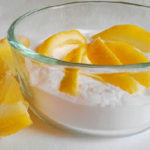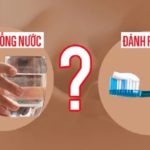After each wisdom tooth extraction, you may experience significant pain and difficulty in maintaining oral hygiene. However, proper oral care is essential to keeping your teeth and gums clean. To learn how to brush your teeth correctly after wisdom tooth extraction, read on.
1 What are Wisdom Teeth?
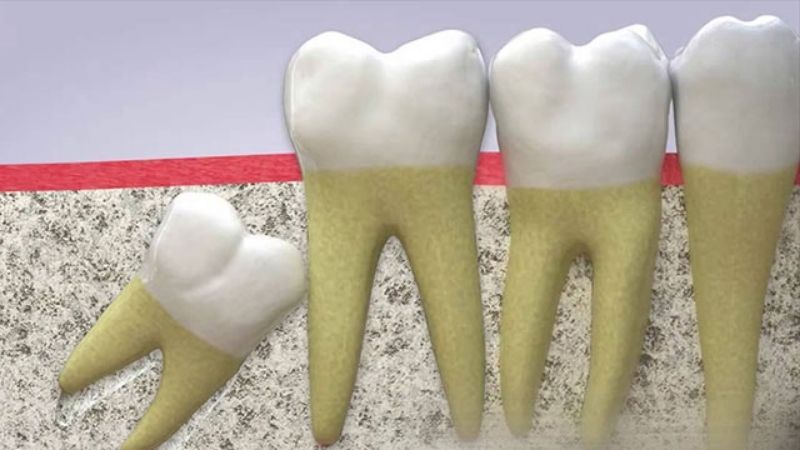 Wisdom teeth can cause pain and discomfort
Wisdom teeth can cause pain and discomfort
Wisdom teeth, also known as third molars, are the third and final set of molars to erupt in the back corners of the mouth. They usually appear during young adulthood, though they may become impacted (unable to erupt) due to lack of space in the jaw or angle of entry.
Because wisdom teeth often lack the space to grow properly, they may become impacted, growing at an angle, or only partially emerging from the gum.
According to statistics from the United States, 85% of wisdom teeth will eventually need to be extracted due to these complications.
2 Can I Brush My Teeth After Wisdom Tooth Extraction?
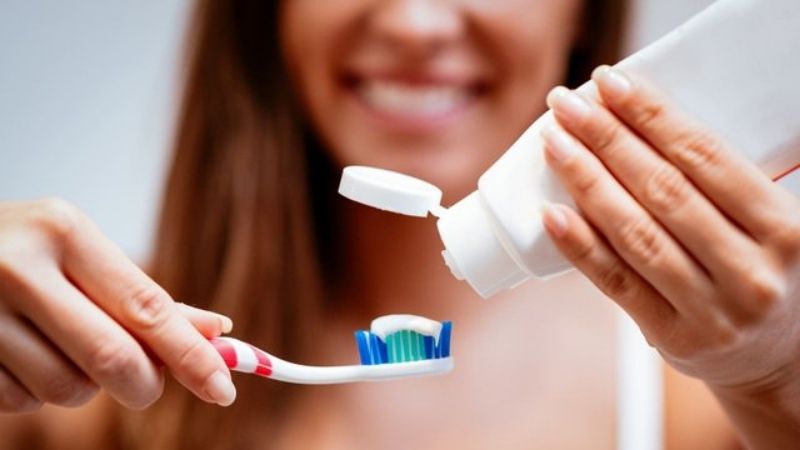 Brushing teeth after wisdom tooth extraction
Brushing teeth after wisdom tooth extraction
Yes, it is generally safe to brush your teeth after wisdom tooth extraction to maintain oral hygiene.
While wisdom tooth extraction is a minor surgical procedure, complications can still arise. Therefore, it is crucial to practice proper oral care to prevent infection and promote healing.
Using the right brushing technique and being gentle around the extraction site are essential to avoiding further complications.
Incorrect or aggressive brushing may not only fail to clean your teeth effectively but also disturb the healing process, leading to more severe infections.
To learn the correct way to brush your teeth after wisdom tooth extraction, continue reading.
Many people wonder whether they can brush their teeth after wisdom tooth extraction. Proper dental care after the procedure helps speed up the recovery process.
3 How to Brush Your Teeth Correctly After Wisdom Tooth Extraction
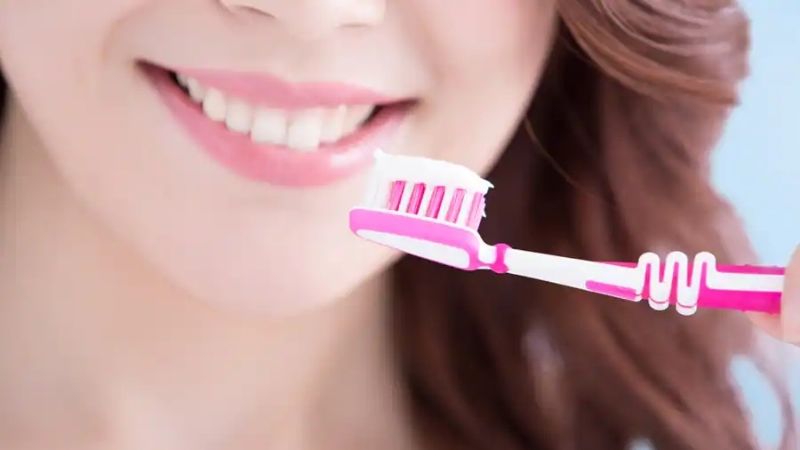 Correct brushing technique after wisdom tooth extraction
Correct brushing technique after wisdom tooth extraction
Step 1 Rinse Your Mouth
Start by rinsing your mouth with plain water for about 30 seconds to dislodge any food particles.
Use dental floss to gently remove any remaining food debris stuck between your teeth.
Rinse your toothbrush thoroughly under running water, apply a pea-sized amount of toothpaste, and begin brushing.
Step 2 Brush Your Teeth
Hold your toothbrush at a 45-degree angle and use gentle, circular motions to brush your teeth. Start from the top and outside surfaces, working your way down and inside.
Brush for at least 2–3 minutes, being careful not to touch the extraction site.
After brushing, remember to brush or scrape your tongue with a tongue cleaner or toothbrush to remove bacteria.
Step 3 Rinse with Mouthwash
Once you’ve finished brushing, rinse your mouth with water to get rid of any remaining toothpaste.
For a more thorough clean, you can also use an antiseptic mouthwash to help remove plaque and prevent infection.
4 Tips for Choosing and Caring for Your Toothbrush After Wisdom Tooth Extraction
 Tips for toothbrush care after wisdom tooth extraction
Tips for toothbrush care after wisdom tooth extraction
It is recommended to use a toothbrush with soft bristles to avoid irritating the extraction site and surrounding gums.
Research has shown that toothbrushes can harbor thousands of bacteria, including those that cause the flu. While most of these bacteria are harmless, some can lead to infections around the teeth.
Therefore, it is crucial to maintain and replace your toothbrush regularly, especially while your wisdom tooth extraction site is healing.
Using a toothbrush after wisdom tooth extraction requires caution and attention to detail. Visit us to find the right toothbrush for your needs and ensure a safe and effective oral care routine.
Dentist Explains Whether You Should Brush Your Teeth Before or After Breakfast
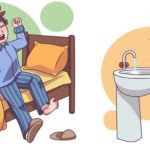 Brush Your Teeth Before or After Breakfast’>
Brush Your Teeth Before or After Breakfast’>After years of speculation, dentists have finally given their verdict on the long-debated question: should you brush your teeth before or after breakfast?

























